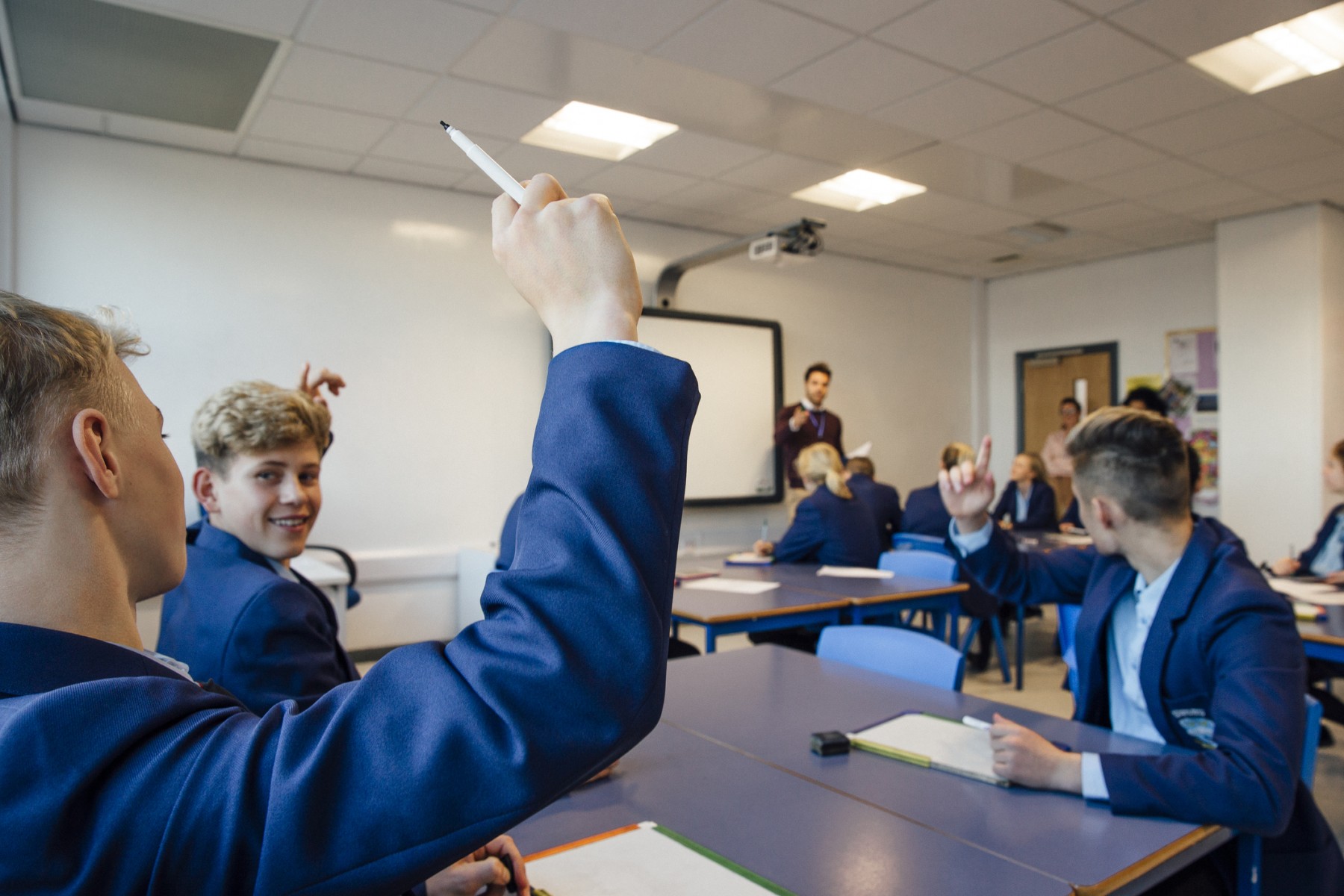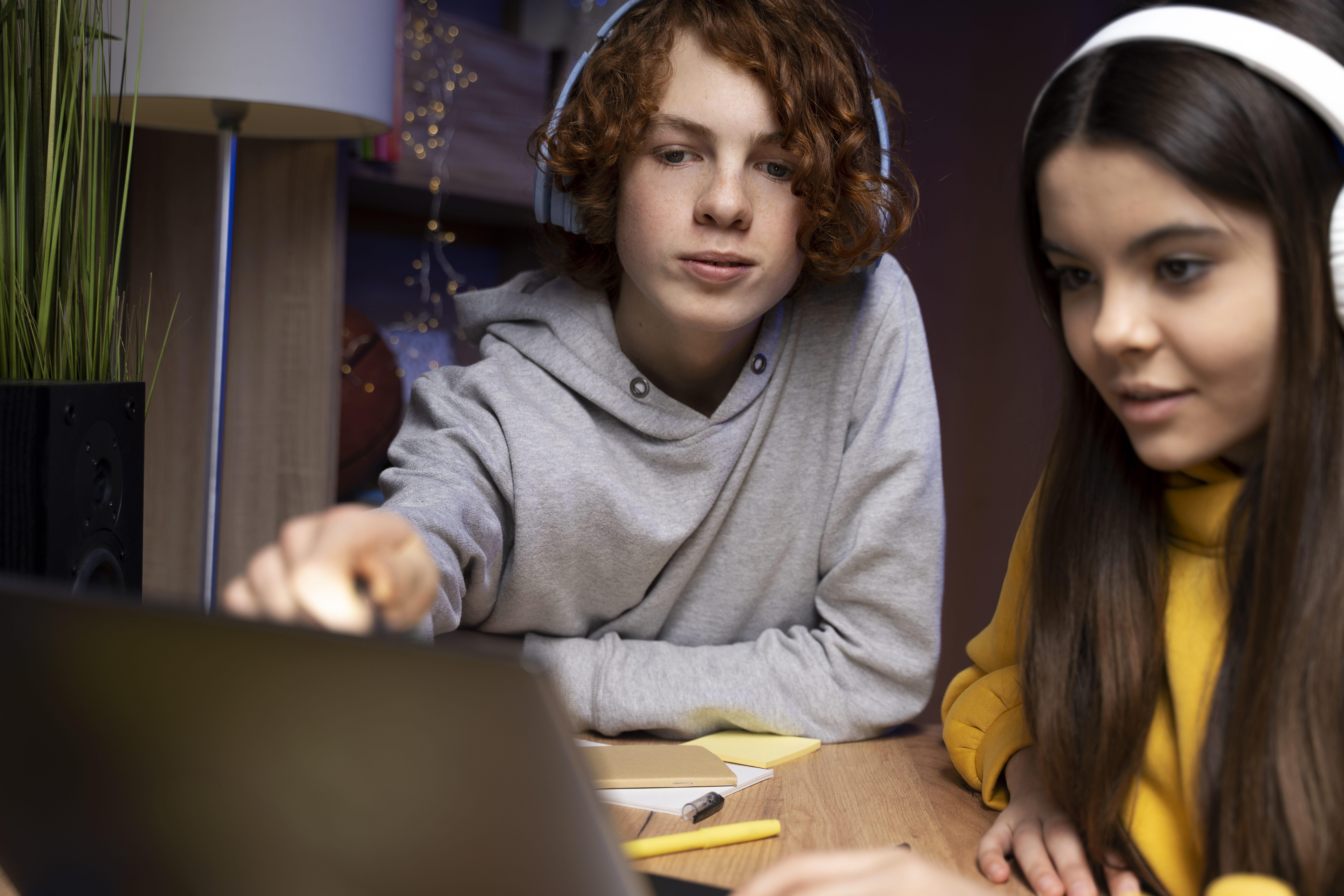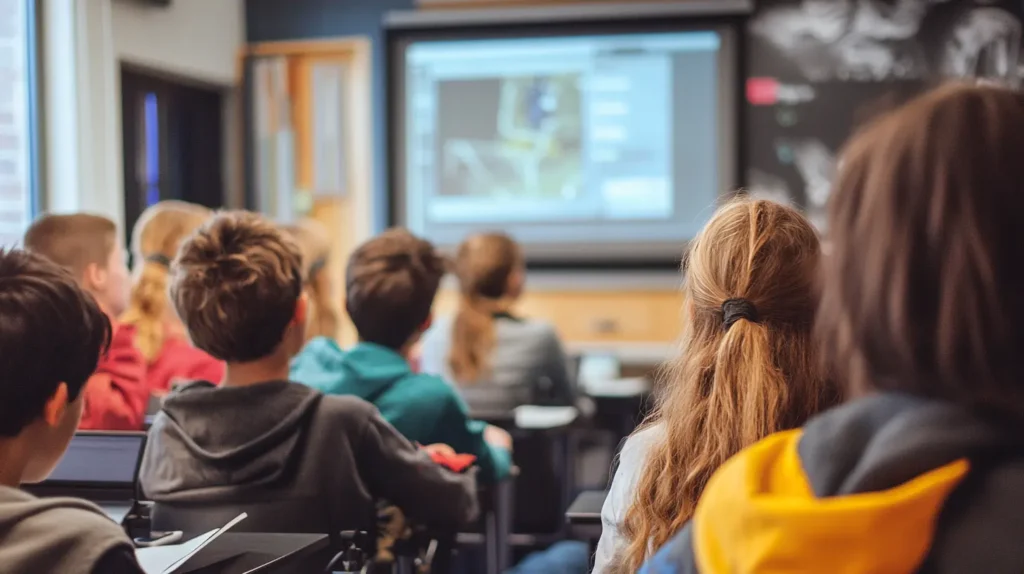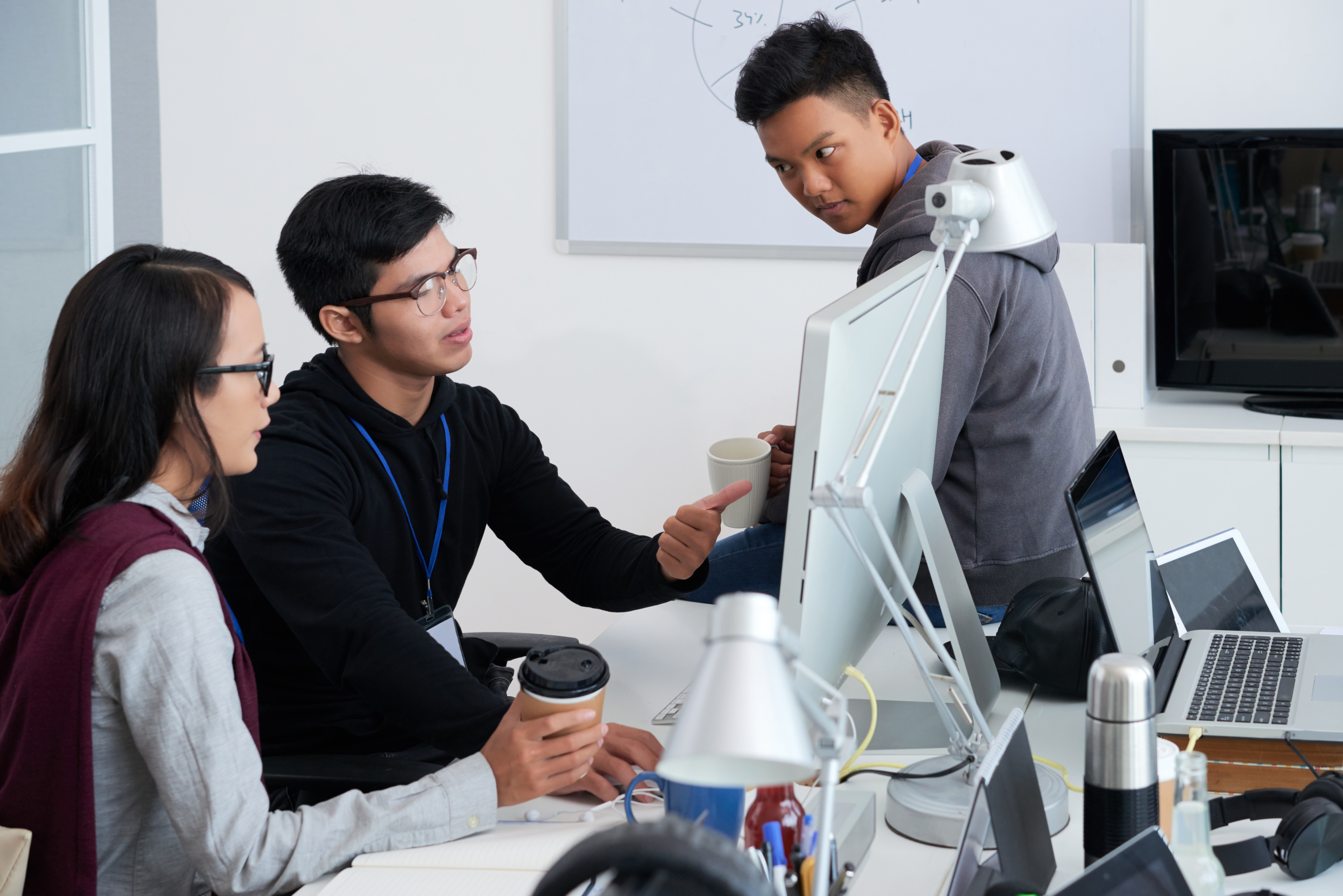Search
.png)
Artistic Creativity, Authorship and Technology
1. Arts in the IB Diploma Context
In the IB Diploma Programme, the Arts subjects emphasize:
-
Personal engagement
-
Technical competence
-
Conceptual understanding
-
Creativity and expression
Students are expected to explore original ideas, reflect on influences, and demonstrate independent artistic development through their process portfolio, comparative study, and exhibition/performance (depending on the discipline).
2. AI as a Creative Partner in the Arts
AI can act as a creative collaborator, offering new tools and possibilities across both visual and performing arts:
Visual Arts:
-
Generative AI tools (e.g., DALL·E, Midjourney, Runway) allow students to explore style transfer, composition, and conceptual experimentation.
-
AI can inspire visual brainstorming, helping students iterate and refine aesthetic directions.
Performing Arts:
-
Music composition AI (e.g., AIVA, MuseNet) supports the creation of motifs or harmonies.
-
AI choreography and motion capture tools assist in exploring movement patterns or stage design.
-
AI-assisted film editing or sound design enhances production possibilities in IB Film and Theatre.
Here, AI functions less as an author and more as a partner in co-creation, expanding the student’s expressive range.
3. Can AI-generated Art Be Evaluated Using IB Art Assessment Criteria?
Yes — but with conditions.
The IB Visual Arts assessment criteria focus on:
-
Criterion A: Theoretical Practice (critical thinking and contextual understanding)
-
Criterion B: Art-Making Practice (experimentation and process)
-
Criterion C: Curatorial Practice (presentation and communication of ideas)
AI-generated components can be evaluated if the student:
-
Demonstrates intentionality in their use of AI tools.
-
Reflects critically on the process, including ethical and creative implications.
-
Shows evidence of decision-making — not just using AI outputs passively.
-
Connects AI use to a conceptual framework or artistic inquiry.
In essence:
The student’s creative process and critical reflection matter more than whether the final image or performance was partially AI-generated.
4. Impact of AI on Originality and Expression in Student Portfolios
Positive Impacts
-
Encourages experimentation with form, medium, and aesthetics.
-
Allows students to explore conceptual ideas (e.g., authorship, identity, posthumanism) in new ways.
-
Can democratize creativity, giving technically limited students more expressive power.
Challenges and Risks
-
May blur authorship boundaries — who is the artist: the student or the algorithm?
-
Risk of generic, homogenized outputs if AI is used superficially.
-
Ethical concerns around data sources, plagiarism, and creative integrity.
-
Potential overreliance on technology, limiting authentic expression.
In IB Terms
Originality in IB Arts is not limited to producing something never seen before — it means:
The student’s individual voice, intent, and contextual understanding are evident.
Thus, even AI-assisted art can be original if the concept, curation, and reflection are deeply personal and critically reasoned.
5. Reflection and Academic Integrity
Students must document their AI use transparently in their process portfolio or exhibition text:
-
Explain why and how AI was used.
-
Reflect on the creative, ethical, and conceptual implications.
-
Avoid presenting AI-generated content as entirely self-made.
This aligns with the IB’s academic honesty policy and promotes critical engagement with digital media.

 2023-05-26
2023-05-26




